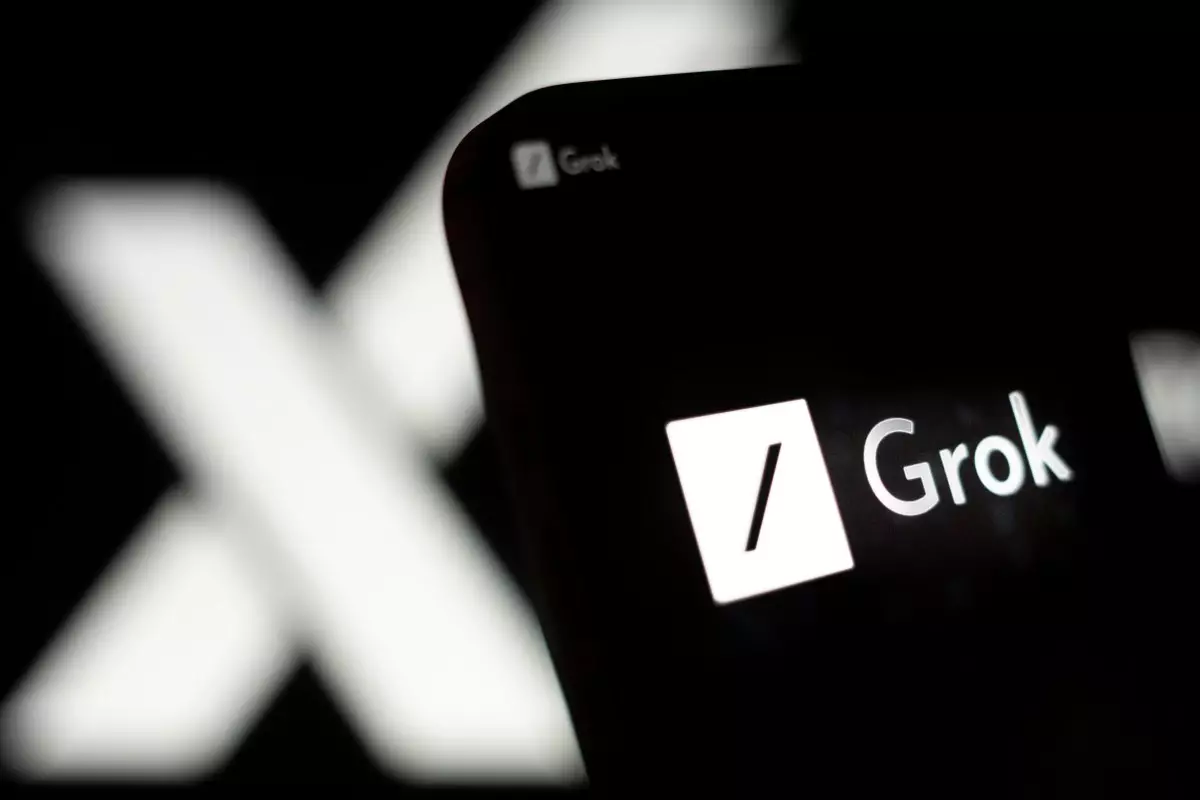In an era where artificial intelligence continues to shape how we work and communicate, Elon Musk’s AI venture, xAI, has launched Grok Studio, a groundbreaking feature for its Grok chatbot. This expansive tool offers users the ability to generate documents, write code, and even develop basic applications—all from a unified platform. Announced recently on X (formerly known as Twitter), Grok Studio enables a collaborative environment wherein users can engage directly with the chatbot, fostering a dynamic space for creativity and productivity.
Features That Empower Users
The most striking innovation brought by Grok Studio is its collaborative interface. By allowing content to be displayed in a separate window, users can seamlessly interact with Grok as they draft reports or write code. This is a significant leap forward in comparison to earlier iterations of chatbots that lacked such interactive capabilities. Grok can not only generate content but also interpret user input in real-time, which amplifies the user’s creative potential. The addition of Google Drive support is particularly compelling, enabling users to access and manipulate their documents, spreadsheets, and slides effortlessly.
Comparative Analysis with Competitors
While Grok Studio certainly adds new dimensions to AI-assisted creativity, it is not without competition. Platforms like OpenAI’s Canvas for ChatGPT and Anthropic’s Artifacts for Claude have established similar workspaces. However, Grok Studio’s dual functionality—offering both content creation alongside code execution in programming languages like Python, C++, and JavaScript—sets it apart. Despite the parallel developments in the field, Grok Studio’s enhancements pose important questions about innovation in AI. Are these developments revolutionary or merely incremental improvements over what’s already available?
User Experience: Initial Impressions
Initial reactions from users highlight both enthusiasm and skepticism. On one hand, creatives and developers are excited about the prospect of a more integrated workflow that Grok Studio provides. The ability to generate basic apps or browser games with assistance from an AI, for instance, could democratize app development, making it more accessible to individuals who lack coding expertise. On the other hand, some users question whether Grok Studio will truly provide a user-friendly experience or if it will face issues typical of emerging technologies, such as glitches or an overwhelming interface.
The Future of Collaboration with AI
As we look to the future, Grok Studio’s launch raises critical considerations regarding the role of AI in collaborative environments. Will this technology empower users to be more innovative, or will it create dependency on AI-generated content, potentially stunting human creativity? The implications of such powerful tools are profound; they may redefine how we perceive authorship and collaboration in the context of artificial intelligence.
In a rapidly evolving tech landscape, the introduction of Grok Studio is a compelling milestone, yet it invites a dialogue on the ethical and practical ramifications of using AI in our daily workflows. As users begin to explore this new frontier, only time will reveal the true effectiveness and impact of Grok’s innovative capabilities.

